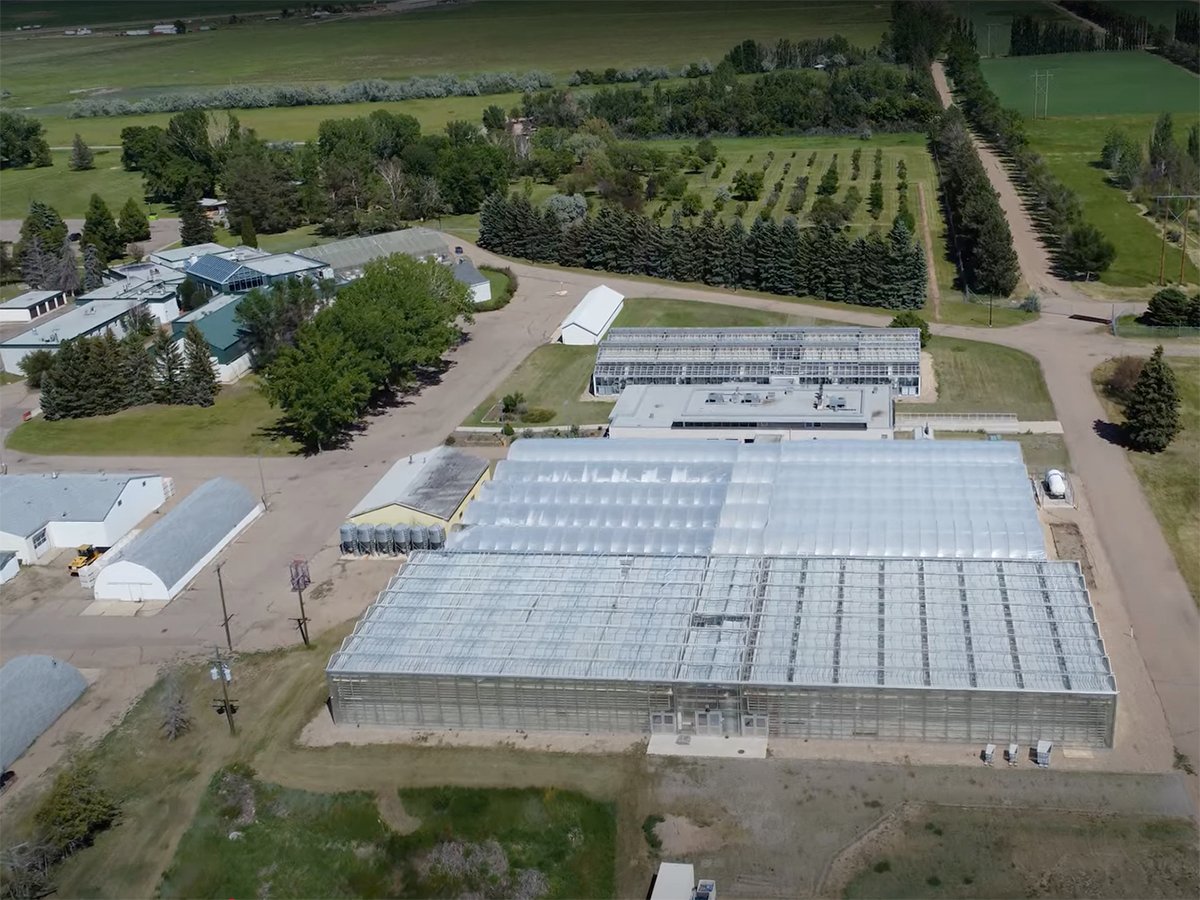CHICAGO, Illinois – Beef may be what’s for dinner, according to a
popular TV ad, but in the future it may be for breakfast, lunch and
snacks, too.
After decades of believing that consumers will buy beef simply because
it is beef, cattle industry leaders in the 1990s realized that
consumers were rapidly shunning it in favour of versatile and
easy-to-prepare chicken products.
That realization led to the creation of R. and D. Ranch, a
Read Also

Alberta crop diversification centres receive funding
$5.2 million of provincial funding pumped into crop diversity research centres
cattle-industry research kitchen in downtown Chicago devoted to testing
and developing new beef items for homes, taverns, restaurants, snack
counters and on-the-go consumers.
The kitchen has helped launch hundreds of new beef products and is
working on more. Called value-added products because of the extra
processing that is needed, these items are aimed at spreading beef’s
popularity beyond fast-food restaurants, barbecue grills and home
dinners.
“In 1995 our idea of a value-added product was a hamburger,” said Carl
Blackwell, executive director of R. and D. Ranch.
Now value-added beef products may have names like Cheeseburger Fries
and Flat-iron Steak.
Cheeseburger Fries is a snack food that is a blend of ground beef and
cheese moulded into french-fry form with a crisp coating. The
finger-held snack was recently tested at a college bar near
Northwestern University in Illinois with good results.
Flat-iron Steak is from the chuck portion of beef that for years had
been made into roasts. Grilled like a T-bone or sirloin, it is now
available in restaurants and stores, and developers hope it will become
popular with steak enthusiasts.
“We are working with a small processor in Reno, Nevada, that wants to
come up with a beef ham,” Blackwell said.
Work is also under way to create beef items for deli cases and
rotisseries.
“Over one billion rotisserie chickens are sold in the retail deli each
year,” said Betty Hogan, R. and D. Ranch’s director of new product
development.
“There is no beef there, so something needed to be done.”
Opened in 1998, R. and D. Ranch spends from $3 million to $4 million US
yearly working with food companies to develop and market new beef
products that will compete with chicken, are quick to fix, taste good
and are nutritious.
The money comes from the cattle industry’s check-off program, which
collects $1 from every head of cattle sold.
The beef industry’s race to recapture market share will be difficult,
considering it has been behind for years. The U.S. government estimates
each American will eat 30 kilograms of beef compared with 35.6 kg of
chicken this year.
“When I first started, we had to really get out there and establish
credibility,” Blackwell said. “We had to bring in quality people and
prove ourselves.”
Now the culinary centre’s refrigerator and freezer are filled with new
beef products that major food companies such as ConAgra Foods, Hormel
Foods, IBP Inc. and Smithfield Foods have submitted for testing.
The kitchen is equipped with appliances commonly found in homes and
restaurants because its purpose is to test or develop beef products in
real-world conditions.
A George Foreman grill sits on a counter top near a common microwave
oven. Mid-priced stoves – one gas, the other electric – are nearby. A
large Weber grill is off to the side.
If a product meets R. and D. Ranch’s standards for content, taste and
accuracy of cooking directions, it may be eligible for the beef
industry’s seal of approval – a red check mark next to the word “Beef”.
In 2001, 475 new beef products were introduced, up from 70 in 1997.
Consumers want convenience and many of these new products are
precooked, quick-to-fix meals, a segment that accounts for about one
percent of beef sales now, but is growing.
“It is evolving. It has a long way to go,” said Todd Duvick,
agriculture analyst with Bank of America.
These products cost more than traditional fresh steaks or roasts, but
consumers are willing to pay more for convenience, Duvick said.
“Consumers really don’t know how to cook a roast anymore. So, what
these new products do is take some of the headache away.”
The beneficiaries of these new products will be the cattle producers,
who have struggled with low or no profits for years as abundant
supplies of chicken and pork compete with beef for consumer dollars.
“One of the greatest assets of beef has been its popularity as steak,
but we need to merchandise the rest of the animal,” said Wythe Willey,
president of the National Cattlemen’s Beef Association.














